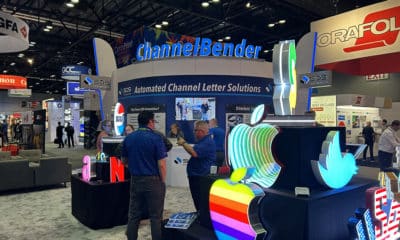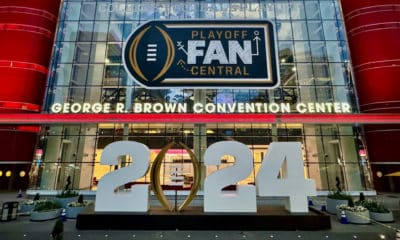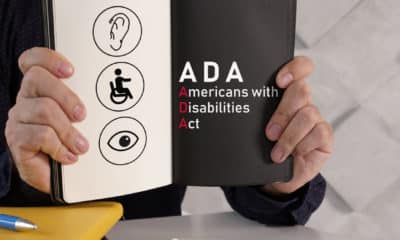The Society for Environmental Graphic Design (SEGD), Washington, DC, has helped Charlotte, NC navigate the approval process for an integrated vehicular, pedestrian and parking signage system that will direct visitors from the interstate system to the city’s uptown core.
The city of Charlotte (under the leadership of the Charlotte Department of Transportation), Charlotte Center City Partners and the North Carolina Department of Transportation are partnering on an integrated, and possibly unique, system that routes visitors efficiently from the I-77/I-277 interstate loop to uptown destinations.
Jim Kimbler, uptown transportation planner, said the freeway signs installed over thepast three decades aren’t legible and don’t route visitors to the most efficient roads. He said the new system will save 1.7 million miles per year.
A typical hurdle for local municipalities that wish to adopt a new signage programs is clearing their concepts with the state department of transportation. SEGD assisted Charlotte by presenting best practices adopted by other cities that have linked interstate systems with their urban centers. SEGD also helped Charlotte gain approval to use unique colors and a distinct crown emblem on its new signage, updating NCDOT on changes to federal Manual of Uniform Traffic Control Devices (MUTCD) guidelines that now allow use of colors and symbols.
The I-77/I-277 system and an Uptown City Street vehicular and parking wayfinding system is currently in final design review and will be installed in the first quarter of 2010. A pedestrian-wayfinding system, which has been installed in two phases since 2007, will also be updated by April 2010. This comprehensive “freeway-topedestrian” system is aimed at providing people with easy orientation and identifying amenities, destinations, and transit choices in the growing uptown area.
The system’s multiple components were planned and designed by Two Twelve/Harakawa Inc. (NYC), which led the design team in development of the vehicular and pedestrian programs, and DAWA Inc. (Charlotte), which was responsible for planning, analysis, and sign-message scheduling and routing for the integrated system. Another local design firm, Brinkley Design, contributed to map development and local coordination. Engineering firms HNTB Corp. and Kimley-Horn Assoc. are also on the team, while Howard M. Landers Consulting (Charlotte) is providing overall project-management assistance.
Advertisement
SEGD has worked extensively with the USDOT’s Federal Highway Administration on modifications to the federal MUTCD, which defines the standard for installing and maintaining signs and traffic control devices on streets and highways,” says Craig Berger, SEGD’s director of education. In 2007 and 2008, SEGD and the Pennsylvania Transportation Institute successfully advocated for changes that would make MUTCD guidelines more sensitive to the complexities of urban sign systems. At the state level, SEGD has advocated for changes making it easier to develop sign systems for urban environments. SEGD advocated for the national MUTCD guidelines to be integrated into state DOT practices, first in Florida, then in North Carolina.


 Photo Gallery1 week ago
Photo Gallery1 week ago
 Ask Signs of the Times2 weeks ago
Ask Signs of the Times2 weeks ago
 Paula Fargo7 days ago
Paula Fargo7 days ago
 Real Deal4 days ago
Real Deal4 days ago
 Benchmarks2 weeks ago
Benchmarks2 weeks ago
 Photo Gallery7 days ago
Photo Gallery7 days ago
 Women in Signs2 weeks ago
Women in Signs2 weeks ago
 Women in Signs1 week ago
Women in Signs1 week ago







